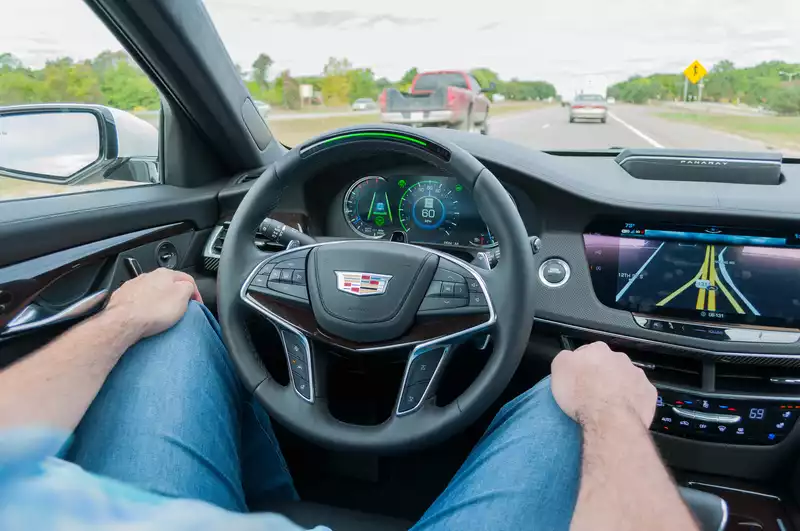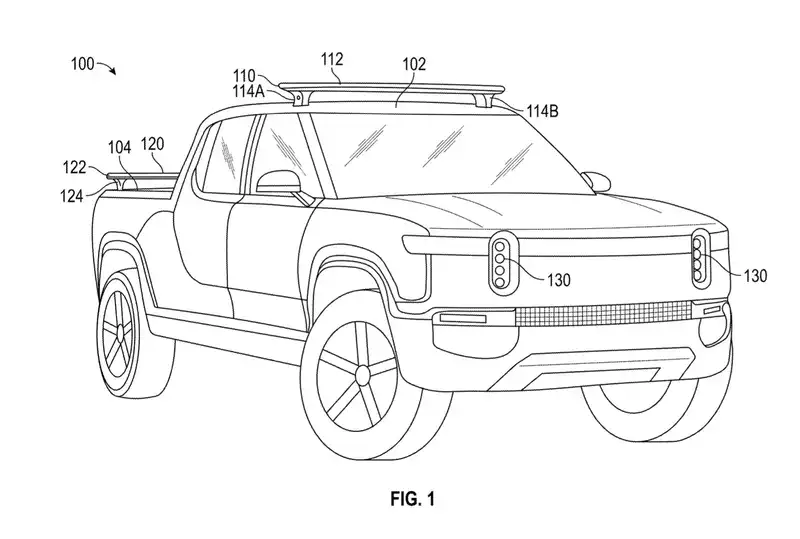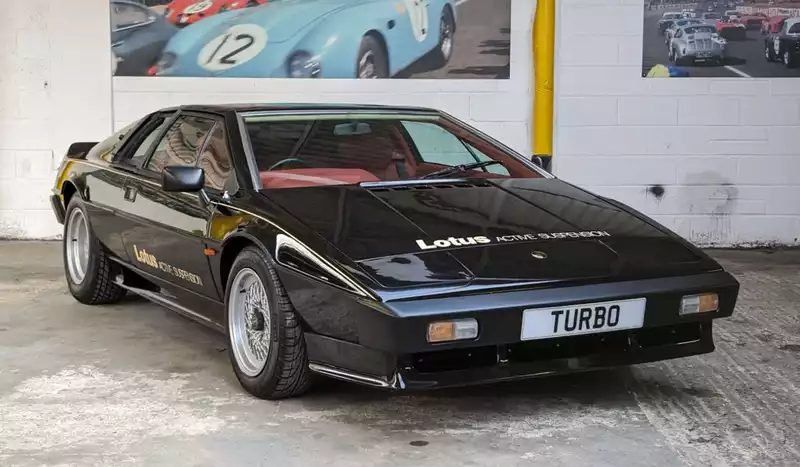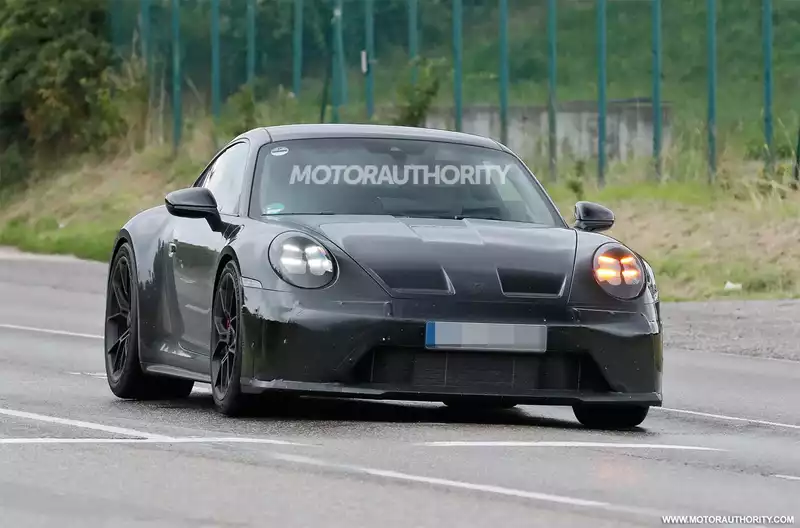Myers Manx will be revived as an electric buggy under new owners.
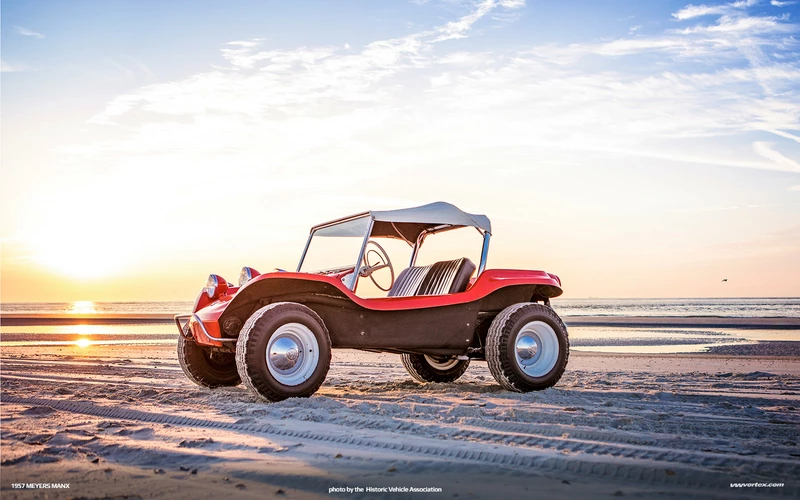
According to an AutoWeek report published last week, the classic Myers-Munks Dune baby carriage is coming back as an electric vehicle.
The Manx was the brainchild of Bruce Myers, who died last year at age 94. He built the first Manx in 1964 in his garage in Newport Beach, California, using Volkswagen Beetle parts and a fiberglass body. The Manx became an icon of Southern California's beach and hot rod culture, and was also successful in off-road racing. They also spawned numerous imitations.
Before his death, Myers sold the Manx business to venture capitalist Philip Sarofim and automotive designer Freeman Thomas, whose resume includes the VW New Beetle and the first Audi TT.
Details about the Electric Manx are scarce, but AutoWeek reports that the electric baby carriage will use battery technology from a company called Coreshell, in which Sarofim has invested Coreshell has devised a coating on the positive and negative electrodes of lithium-ion battery cells that claims to increase usable capacity and battery life and reduce the likelihood of fires.
The actual size of the battery pack has not been disclosed, but according to AutoWeek magazine, designers are targeting a range of 200 miles. The electric Manx will likely weigh 1,600-1,700 pounds, about 400 pounds heavier than the original.
The revived Manx will reportedly have an output of about 240 hp. The company is also considering a gasoline version powered by the same air-cooled VW flat-4 as the original Manx, which would be sold as a kit car.
Thomas said in a phone interview with Autoweek that the design will be an evolution of the original Manx, with some changes to accommodate electric powertrain components.
No firm release date was discussed, but Thomas said the company expects to have a road-ready prototype ready next year.
